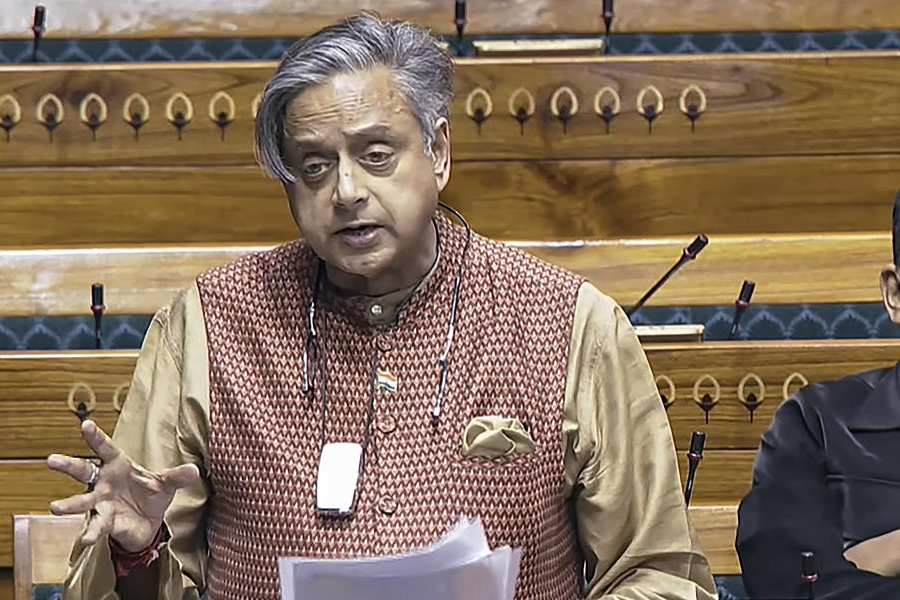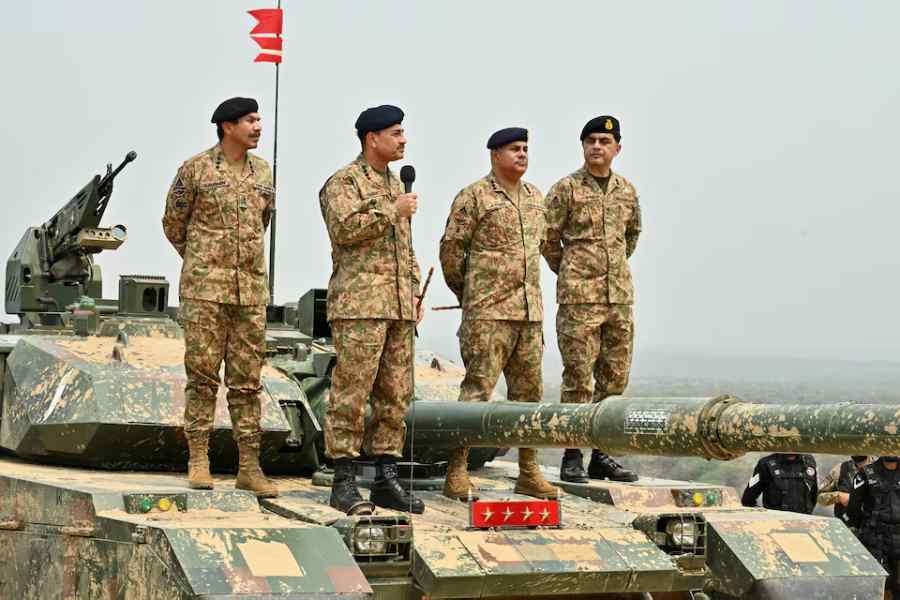President Donald Trump’s announcement to double tariffs on steel, aluminium and their products to 50 per cent will severely impact Indian exports worth $4.56 billion (₹38,800 crore) annually, delivering a blow to domestic industries already struggling with volatile international trade conditions.
The higher tariffs, announced by Trump at a rally near a Pittsburgh steel plant on Friday, take effect from June 4, giving American importers and global exporters — including those from India — little time to adjust unless the administration reconsiders in the coming days.
Industry estimates suggest nearly $1 billion worth of items, primarily from India’s engineering sector, are already aboard ships bound for the US. These goods, spanning electrical to automotive components, will now face an additional 25 per cent tariff upon arrival.
“The biggest hit will be on engineering exports. How does business operate amid such uncertainties? And this is not a bark, but a bite,” said Pankaj Chadha, chairman of the Engineering Export Promotion Council, distinguishing these sectoral tariffs from the still-pending “reciprocal” tariffs.
Ajay Sahai, director-general and CEO of the Federation of Indian Export Organisations (Fieo), called the development “extremely disturbing”, warning that both Indian exporters and American importers would suffer significant losses.
Impact on shipments
The timing creates particular challenges for exporters. A leading Bengal-based exporter said American buyers are already requesting cost-sharing arrangements to offset the higher tariffs. Sahai noted that shipments already at sea face the worst impact since “neither can those be brought back or abandoned at the dock”.
While the official notification is pending, the increase falls under Section 232 of the US Trade Expansion Act of 1962, which allows the President to impose tariffs when imports are deemed a national security threat.
Unlike “reciprocal” tariffs issued under the International Emergency Economic Powers Act, orders under Section 232 face limited legal scrutiny in the US.
Historical context
Trump first invoked Section 232 in 2018, setting 25 per cent tariffs on steel and 10 per cent on aluminium. India retaliated in 2019 with similar tariffs on 28 American products, leading to a dispute at the World Trade Organisation.
The situation improved in 2023 when Prime Minister Narendra Modi met President Joe Biden, resulting in the US exempting 80 per cent of Indian items by value, while India withdrew its retaliatory tariffs. However, Trump reintroduced the tariffs earlier this year and raised aluminium tariffs to 25 per cent, later expanding coverage to include auto components.
“Many Indian exporters were negotiating with buyers on how to manage the 25 per cent tariff. Now, suddenly, another 25 per cent is being imposed. It’s madness,” said an exporter who didn’t wish to be named.
Policy implications
The development poses challenges for the Modi government, which seeks to negotiate a bilateral trade agreement with the Trump administration to avoid reciprocal duties. The engineering export sector, dominated by small and medium enterprises employing hundreds of thousands, faces particular vulnerability.
“India has already issued a formal notice at the WTO, signalling its intention to impose retaliatory tariffs on US goods in response to earlier steel tariffs. With Trump now doubling the tariffs, it remains to be seen whether India will implement retaliation by increasing tariffs on certain US exports within a month,” said Ajay Srivastava, founder of the Global Trade Research Institute.
Supply chain reality
Despite the tariffs, trade may continue due to supply chain necessities. A Calcutta-based exporter noted that many items like hand tools, construction tools and builders’ hardware aren’t produced in the US. “We are part of a global supply chain. They have to take our items. But everyone — from exporters to importers and American consumers — will pay a higher price,” he said.
The tariff increase underscores the unpredictable nature of international trade under the current US administration, leaving businesses struggling to plan long-term strategies while managing immediate cost pressures.










